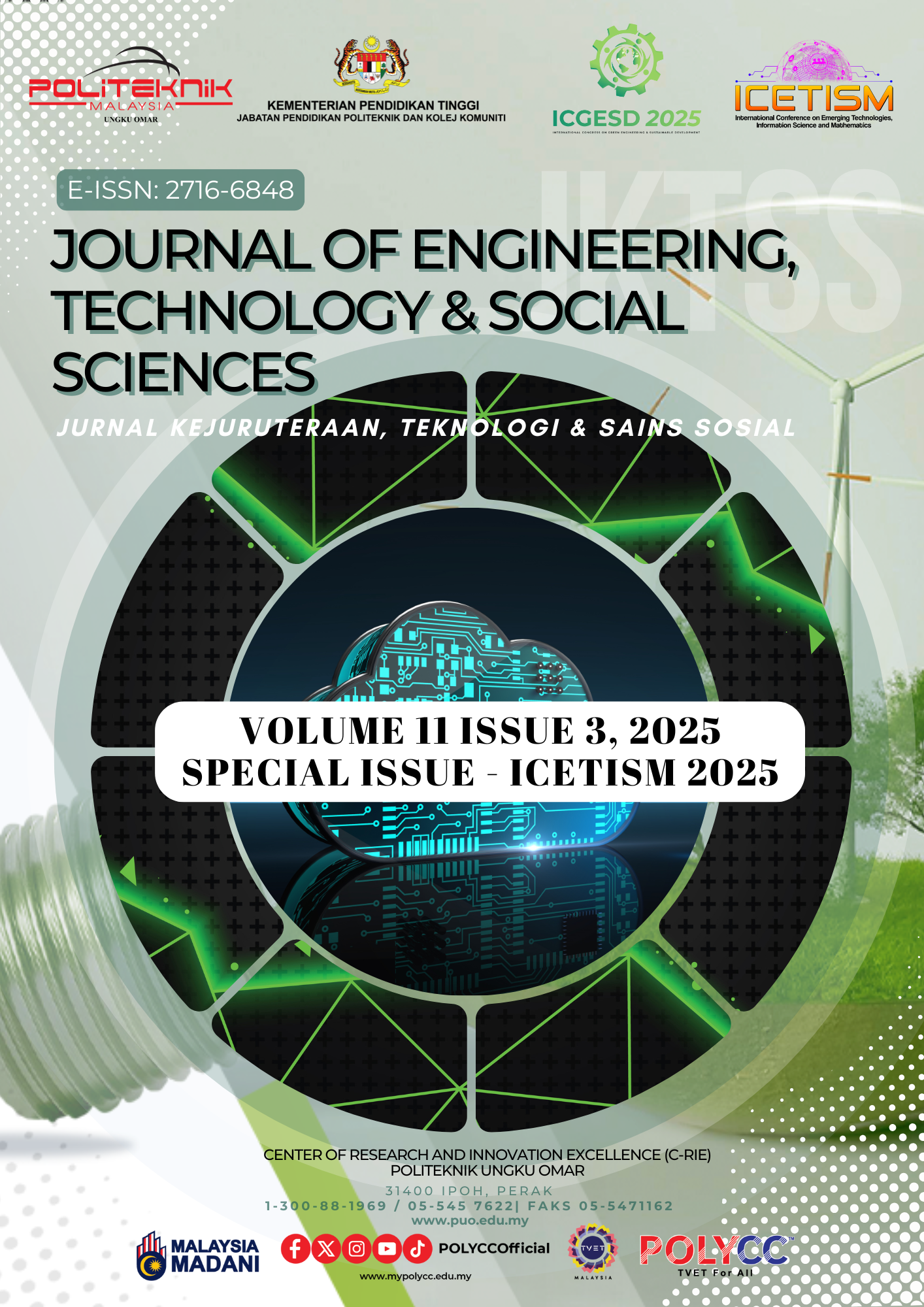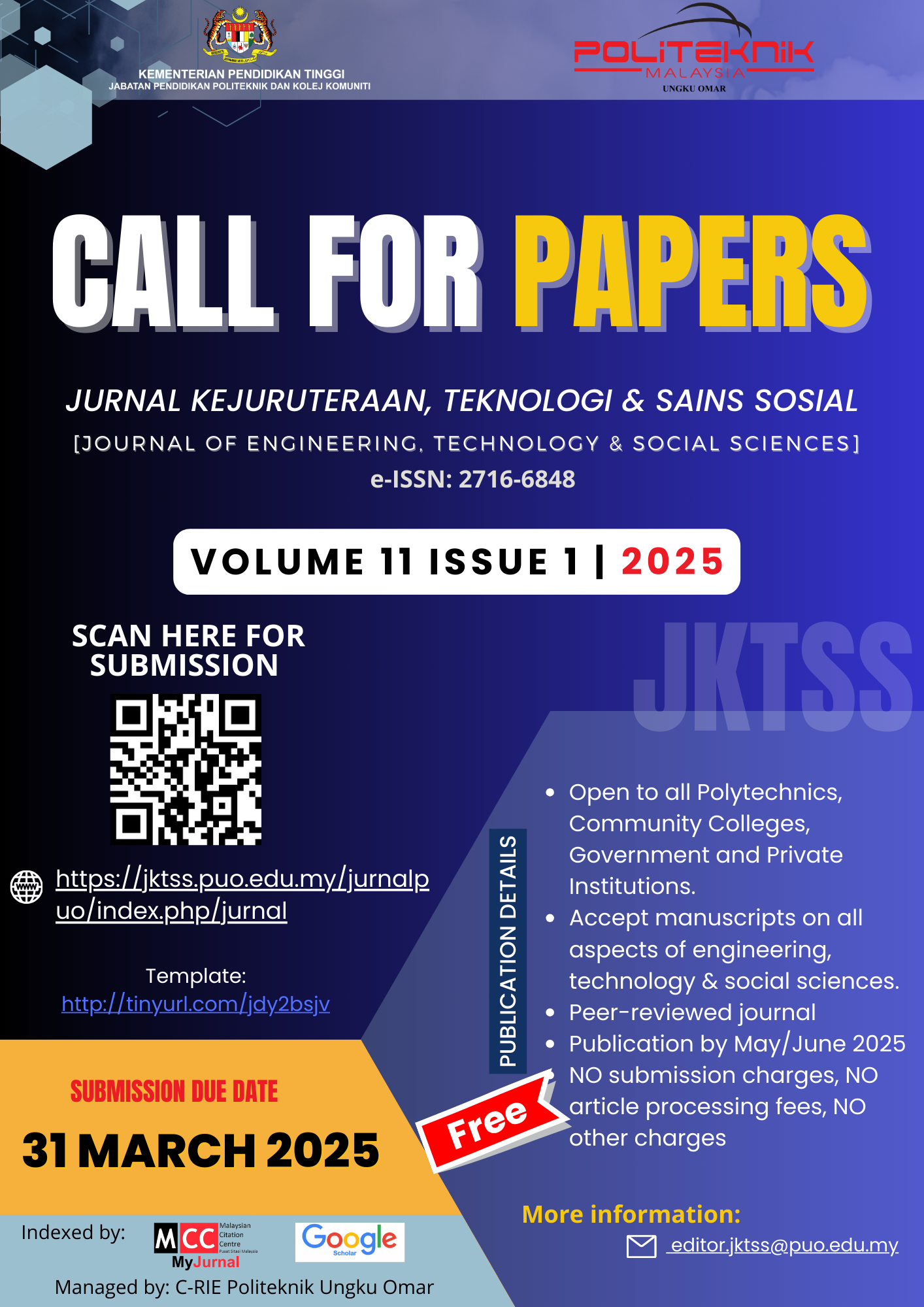EXPLORING INTERNET OF THINGS APPLICATION IN SARAWAK’S CONSTRUCTION INDUSTRY: A QUALITATIVE STUDY BASED ON SEMI-STRUCTURED INTERVIEWS
Keywords:
Internet of things; IoT; Application; Sarawak; MalaysiaAbstract
The construction industry is plagued by a variety of problems, including delays, cost overruns, low productivity, substandard quality, and poor communication. Previous researchers have noted that the Internet of Things (IoT) has the potential to mitigate problems in the construction industry by improving decision-making and efficiency in projects, which benefit from its accurate and automated data collection functions. In Malaysia, although considerable research on the IoT has been conducted, very little has been done in Sarawak, despite it being the largest state. Therefore, the present research addresses the existing gap by exploring the current and future applications of various IoT technologies in Sarawak’s construction industry. A qualitative research method was adopted. Semi-structured face-to-face interviews were conducted to collect primary data from ten Grade 7 contractors. The responses from the interviewees were analysed using content analysis. The results show that the majority of interviewees who had applied IoT in their construction projects do not thoroughly understand the term. However, all interviewees agreed that IoT is essential because it helps shorten time, reduce cost, manage the project efficiently, and increase cooperation with project team members. Besides, the majority of interviewees are currently adopting WhatsApp, drones, CCTV, Microsoft Project, and AutoCAD in their projects. As for the future application, the interviewees were willing to invest in BIM software, human resources software (for attendance monitoring and payroll management), CCTV, sensors, and AutoCAD on the cloud. Apart from bridging the gap of the existing literature, the present research could also increase the awareness of construction players with regard to IoT applications, thereby reducing potential problems and increasing the efficiency and effectiveness of construction projects.










